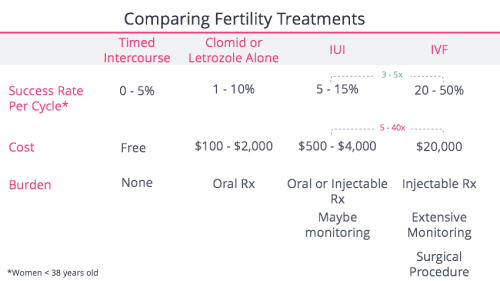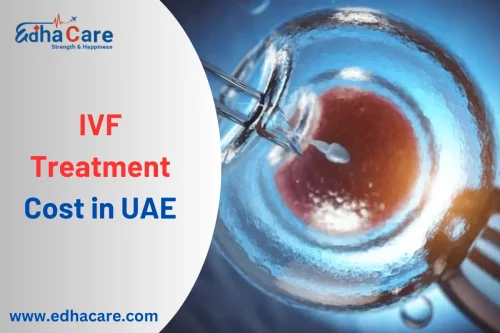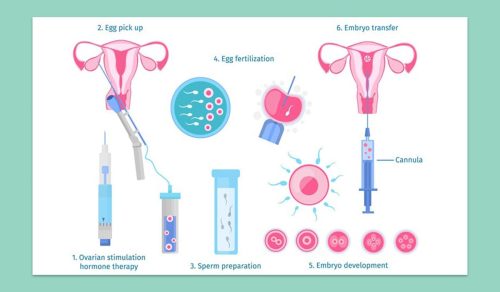
Uterine Fibroids and Infertility: Insights from a Fertility Specialist
As a fertility doctor, I’ve seen it all. The excitement, the heartbreak, the hope, and the uncertainty. One of the conditions that I’ve encountered frequently in my practice that plays a significant role in infertility is uterine fibroids. You’ve probably heard of them—they’re the non-cancerous growths that develop in the uterus. While many women with fibroids can still get pregnant, for others, these fibroids can be a major barrier to conception. If you’re wondering whether fibroids could be affecting your fertility, let me share my experience with you.
What Are Uterine Fibroids?
Uterine fibroids, or myomas, are benign tumors that grow in or around the uterus. They’re made of muscle and fibrous tissue, and although they can vary in size—from as small as a pea to as large as a grapefruit—their location and size can significantly impact fertility. Many women have fibroids without even knowing it because they often don’t cause noticeable symptoms. However, for others, they can lead to heavy periods, pelvic pain, and, in some cases, infertility.
I often hear from patients who are puzzled about whether fibroids are affecting their ability to get pregnant, especially since fibroids don’t always cause pain or other obvious issues. But the truth is, fibroids can interfere with pregnancy in several ways, and understanding how this happens is crucial.
How Fibroids Affect Fertility
The effect fibroids have on fertility largely depends on their location, size, and number.
- Submucosal Fibroids: These fibroids grow just beneath the lining of the uterus. They can alter the shape of the uterine cavity and make it harder for an embryo to implant. In my experience, submucosal fibroids are the most problematic when it comes to fertility because they directly affect the space where implantation happens.
- Intramural Fibroids: These are located within the wall of the uterus. While they may not change the shape of the uterus itself, they can affect how well the uterus can support a pregnancy. Their presence can lead to disruptions in blood flow or alter the structure of the uterine cavity, which can make it harder for an embryo to thrive.
- Subserosal Fibroids: These fibroids grow on the outer surface of the uterus. While they are less likely to directly impact fertility, they can still interfere with other parts of the reproductive system, especially if they are large and press on the fallopian tubes or ovaries.
The other key factor is location. Fibroids that grow near the cervix, for example, can block the fallopian tubes, preventing sperm from reaching the egg. Larger fibroids can also lead to hormonal imbalances that disrupt ovulation, which is essential for conception.
Dr. Rebecca Mitchell, a well-respected expert in reproductive medicine, once told me, “The impact of fibroids on fertility often goes unnoticed until a couple struggles with conception. That’s why it’s so important to consider fibroids as a potential underlying factor when a woman has difficulty getting pregnant.”
A Case That Stands Out
Let me tell you about a patient, Lisa, who came to see me after trying unsuccessfully to get pregnant for over two years. She was in her late 30s, had no other major health issues, and her husband was perfectly healthy. She had regular periods, but they were heavy and sometimes painful.
After running some tests, I found that Lisa had a large submucosal fibroid that was distorting her uterine cavity. It was blocking a significant portion of the space where implantation would normally occur. It was clear to me that the fibroid was likely the cause of her infertility.
We decided to proceed with a surgical procedure to remove the fibroid. The surgery was a success, and after a brief recovery period, Lisa underwent intrauterine insemination (IUI). Within a few months, she was pregnant. She went on to have a healthy pregnancy and delivered a baby boy.
Lisa’s case isn’t unique. Many of the women I treat with fibroids who struggle with fertility benefit from surgical removal of the fibroids, followed by assisted reproductive technologies like IUI or IVF.
Treatment Options for Fibroids and Infertility
If you have fibroids and are struggling to conceive, there are several treatment options available. The first step is usually to determine the size, location, and number of fibroids. This can be done through ultrasound or MRI, and in some cases, a hysteroscopy, where a small camera is inserted into the uterus, may be required.
1. Surgery: If the fibroids are large or located in a way that impacts fertility, surgery is often recommended. A procedure called a myomectomy is performed to remove the fibroids while preserving the uterus. This can be done via laparoscopy or through traditional surgery, depending on the size and location of the fibroids.
Dr. Kimberly James, a renowned gynecologist, once said, “The goal with fibroids and fertility is to remove the obstacle while maintaining the health and function of the uterus. It’s a delicate balance, but when done right, it’s highly successful.”
2. Uterine Artery Embolization: For certain cases, particularly with large fibroids, a procedure called uterine artery embolization can be performed. This involves blocking the blood supply to the fibroids, causing them to shrink. However, this method is generally not recommended if you’re planning to get pregnant, as it may affect the blood flow to the uterus.
3. In Vitro Fertilization (IVF): If surgery isn’t an option, or if you’re unable to conceive after fibroid removal, IVF can be an effective way to bypass the physical barriers that fibroids create. IVF allows doctors to retrieve eggs directly from the ovaries and fertilize them outside the body before implanting the embryo in the uterus. IVF can often succeed even if fibroids are still present, as long as they are not significantly interfering with the uterine cavity.
The Emotional Toll of Fibroids and Infertility
Fertility struggles are never easy, and I’ve seen firsthand how the emotional toll of dealing with fibroids and infertility can be draining. For many women, the idea that a benign growth in the uterus could be preventing them from becoming mothers is frustrating and disheartening.
I always tell my patients, “We have the tools and knowledge to help you. The road may be long, but we can navigate it together.” Whether through surgery, medication, or assisted reproductive technologies, there are solutions. And sometimes, the road to motherhood isn’t as long as it seems once fibroids are treated.
Conclusion: Don’t Give Up on Your Fertility Journey
Uterine fibroids can cause infertility, but they don’t have to be a roadblock. With the right treatment and the right care, women with fibroids can still get pregnant and have healthy pregnancies. If you’ve been struggling with infertility and suspect fibroids might be to blame, I urge you to seek help. Early diagnosis and intervention can make all the difference.
As I always tell my patients, “Your dream of becoming a mother is possible. Let’s work together to make it happen.”




